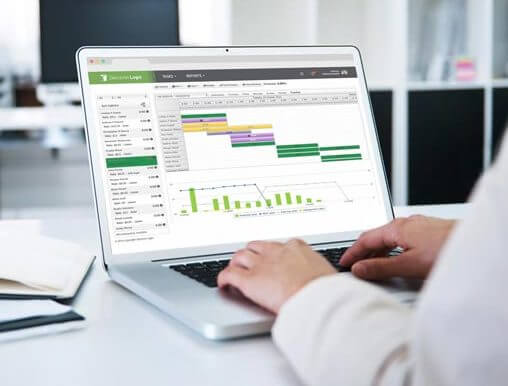Data is all around you. It’s not hard to find; deciding what you should track, record, and analyze is the real challenge. That difficulty increases in a restaurant setting, where you must keep tabs on the front of house, back of house, and back office. Multiply that data times your number of locations, and the volume of incoming information can quickly become overwhelming. So, where do you begin? Here are a few key performance indicators (KPIs) to uncover in your restaurant data:
1. Labor Productivity
Looking at past labor percentages is the obvious way to find this one, the tricky part is determining how to use this data to better your future labor costs. When scheduling, you should use sales history and past labor reports to predictively calculate labor costs.

2. Food Safety
What is your system for tracking line checks, expiration dates, and OSHA kitchen compliance guidelines? When the health inspector comes knocking on your door, you’ll want to be prepared. Whatever you use, a spreadsheet or a cloud-based compliance software, it’s important to compile this data and record it.
3. Sales Trends
Every restaurant has certain hot items, the popular dishes that fly off the menu. While those are easy to identify and plan for, you might be missing sales spikes and dives in other areas of your menu. Tracking sales trends is crucial for proper inventory management. When properly assessed, this data can save your business big bucks in cost of goods and food waste.

If you can manage reports on these KPIs, you’re off to a good start. If you can manage more, that’s even better, but don’t let it overwhelm you. If the data indicators are adding order to your daily operations, you’re using them right.

